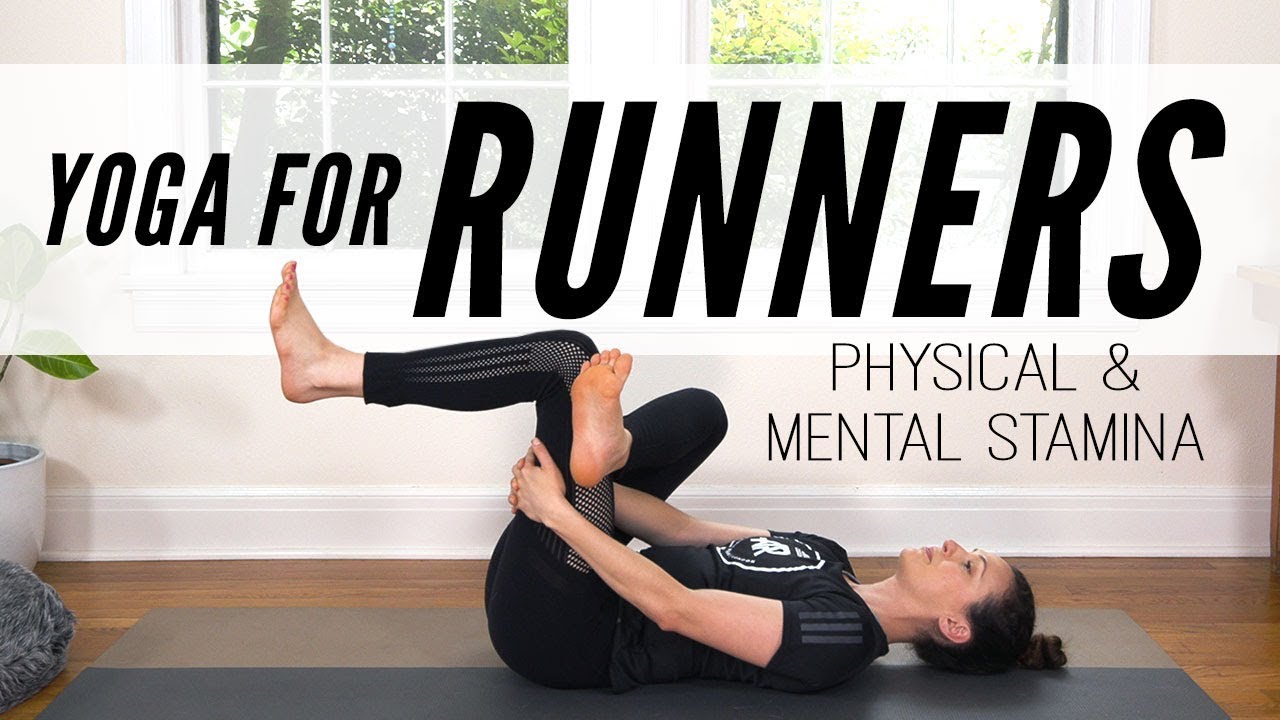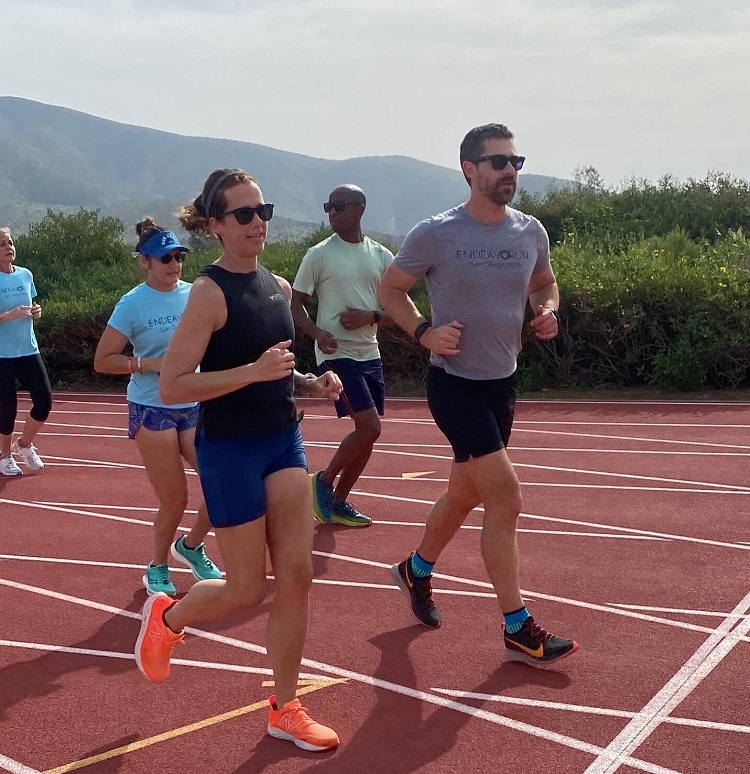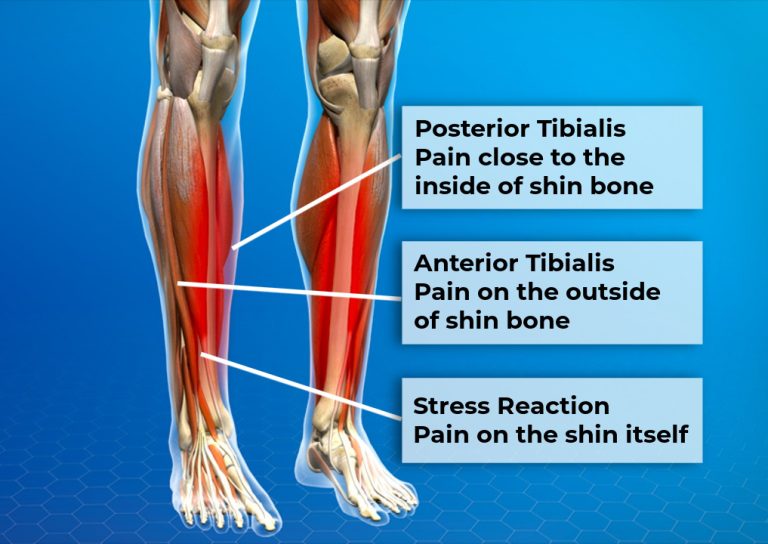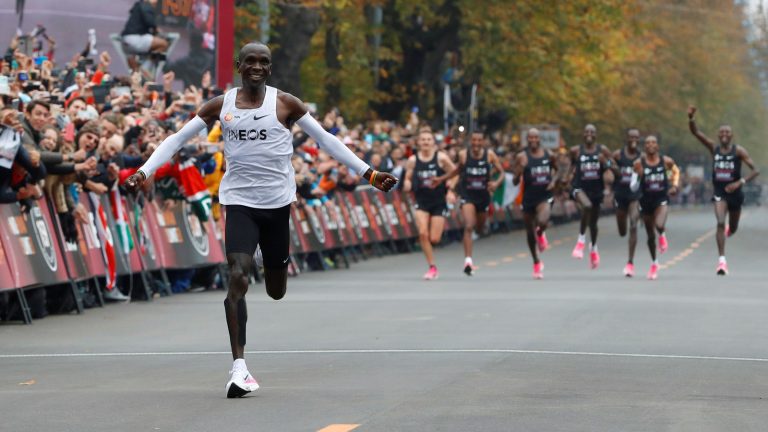Yoga For Runners
Yoga for runners improves flexibility and reduces the risk of injuries associated with running. Incorporating yoga into your routine can also enhance strength and mental focus, ultimately improving your overall running performance.
Many runners overlook the benefits of yoga, but it can be a game-changer in optimizing your running experience. By incorporating yoga poses that target the muscles used in running, you can improve your flexibility, strength, and balance. Additionally, the focus on breathwork in yoga can help improve your respiratory efficiency while running.
We will explore the various yoga poses and techniques that are especially beneficial for runners, helping you enhance your running performance and prevent injuries.
1. Benefits Of Yoga For Runners
When it comes to running, practicing yoga can offer numerous benefits that not only improve your performance but also help prevent injuries. Incorporating yoga into your training routine can be invaluable for runners, as it helps to improve flexibility, strength, and mental focus. Let’s take a closer look at the specific benefits of yoga for runners.
1.1 Increases Flexibility
Yoga is renowned for its ability to increase flexibility, and this is particularly important for runners. By incorporating yoga into your routine, you can lengthen and stretch muscles, tendons, and ligaments, which can become tight and restricted due to the repetitive motion of running. Enhanced flexibility can help to improve your range of motion, leading to more efficient running strides and reducing the risk of overuse injuries.
1.2 Enhances Strength And Endurance
Yoga is not just about flexibility; it also focuses on building strength and endurance. Through holding various yoga poses, runners can develop muscle strength, particularly in areas such as the core, glutes, and legs, which are crucial for maintaining proper running form and preventing fatigue. The breathing techniques practiced in yoga can also help runners improve their lung capacity and endurance, leading to better overall performance on the track or trail.

Credit: www.youtube.com
2. Best Yoga Poses For Runners
For runners, incorporating specific yoga poses into their routine can be beneficial for improving flexibility, strength, and overall performance. Here are some key yoga poses that runners can include in their practice:
2.1 Downward Facing Dog
The downward facing dog pose stretches the hamstrings and calves, while also strengthening the arms and shoulders.
2.2 Warrior I
Warrior I pose helps strengthen the legs and core muscles, improving balance and stability for runners.
2.3 Pigeon Pose
The pigeon pose is great for opening up the hips and stretching the glutes, helping runners prevent injuries and improve flexibility.
3. Pre-run Yoga Routine
Enhance your running performance and prevent injuries with a pre-run yoga routine designed specifically for runners. This routine will help improve flexibility, balance, and strength, enhancing your overall running experience.
Every runner knows the importance of proper preparation before heading out. Pre-run yoga can be immensely beneficial, helping to improve flexibility, prevent injuries, and enhance performance.3.1 Warm-up Exercises
Before hitting the pavement, engaging in gentle warm-up exercises is crucial. Dynamic movements such as leg swings, arm circles, and gentle twists can help prepare the body for the run.3.2 Dynamic Stretches
Dynamic stretching is an integral part of the pre-run routine. Incorporating movements like high knees, butt kicks, and leg cradles can help improve range of motion and boost blood flow to the muscles.
Credit: thelivefitgirls.com
4. Post-run Yoga Routine
After completing your run, it’s essential to give your body the care it deserves. Engaging in post-run yoga can help you cool down, stretch your muscles, and relax your mind. This routine is designed to help runners recover and rejuvenate after a demanding workout.
4.1 Cooling Down Stretches
Engaging in cooling down stretches after a run helps to prevent injury, relieve muscle tension, and improve flexibility. Here are some essential cooling down stretches for runners:
- Forward Fold: Stand with your feet hip-width apart, exhale as you bend forward from your hips, extending your chest toward your thighs. Hold for 30 seconds to 1 minute.
- Lizard Pose: From a high plank position, step your right foot outside your right hand. Lower your left knee to the ground to deepen the stretch. Hold for 30 seconds, then switch sides.
- Seated Forward Bend: Sit on the floor with your legs extended. Hinge at your hips and fold forward, reaching for your feet or shins. Hold for 30 seconds to 1 minute.
4.2 Relaxation Poses
After cooling down, it’s important to transition into relaxation poses to calm your mind and body. Here are some effective relaxation poses for post-run yoga:
- Corpse Pose (Savasana): Lie on your back, close your eyes, and allow your body to completely relax. Stay in this position for 5-10 minutes, focusing on deep breathing.
- Child’s Pose (Balasana): Kneel on the floor, touch your big toes together, and sit on your heels. Fold forward, bringing your torso between your thighs and resting your forehead on the mat.
- Legs Up the Wall (Viparita Karani): Sit close to a wall and lie on your back with your legs extended up the wall. This pose can help reduce fatigue and improve circulation.
5. Tips For Incorporating Yoga Into Running
Incorporating yoga into your running routine can have numerous benefits for both the body and mind. Not only can it improve your flexibility and strength, but it can also enhance your overall running performance and prevent injuries. To help you successfully integrate yoga into your running regime, here are 5 essential tips:
5.1 Schedule Regular Yoga Sessions
Consistency is key when it comes to reaping the benefits of yoga for runners. Make sure to schedule regular yoga sessions to create a routine that complements your running schedule. Dedicate at least 2-3 days a week to yoga practice, allowing your body ample time to recover and adapt to the new movements and stretches. By prioritizing regular yoga sessions, you can optimize your running performance and ensure true mind-body balance.
5.2 Listen To Your Body
Listening to your body is crucial when incorporating yoga into your running routine. Running can put stress on your muscles and joints, and it’s important to avoid pushing yourself too hard during yoga sessions. Pay attention to any discomfort or pain during specific poses or stretches, and modify them as needed. While it’s normal to feel some level of discomfort during yoga, it should never be excessive or cause sharp pain. Honour your body’s limits and take it slow to prevent injuries and promote a safe and effective yoga for runners experience.

Credit: yogaselection.com
Frequently Asked Questions For Yoga For Runners
Q: How Does Yoga Benefit Runners?
A:
– Yoga improves flexibility and strengthens muscles, helping runners prevent injuries and increase performance. – Yoga also enhances balance, breathing capacity, and mental focus, making runners more efficient and resilient.
Q: Which Yoga Poses Are Best For Runners?
A:
– Poses like Downward Dog, Low Lunge, and Pigeon stretch the hips, hamstrings, and calves, aiding runners’ mobility. – Twists like Revolved Chair and Half Lord of the Fishes relieve tension and enhance spinal rotation for better running form.
Q: Can Yoga Help With Post-run Recovery?
A:
– Absolutely! Gentle yoga poses like Child’s Pose and Legs-Up-The-Wall alleviate muscle soreness, promoting faster recovery. – Yoga’s emphasis on deep breathing and relaxation also reduces stress, helping runners unwind and restorative their bodies.
Conclusion
Incorporating yoga into your running routine can help improve flexibility, balance, and mental focus. By practicing yoga, runners can reduce the risk of injury, improve their performance, and enhance their overall well-being. The combination of the two disciplines creates a holistic approach to fitness, supporting physical and mental health.
Embrace the synergy of yoga and running for a more balanced and fulfilling exercise regimen.






